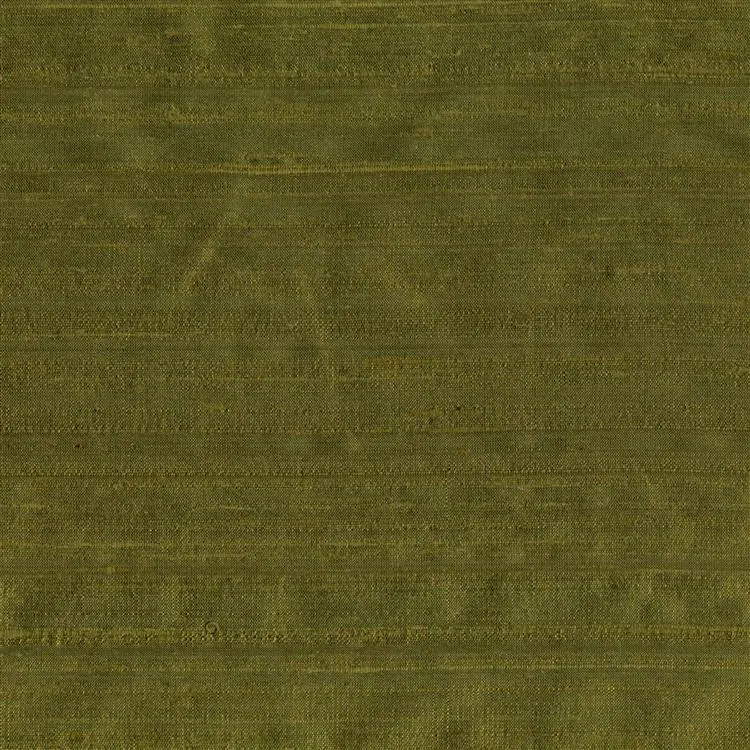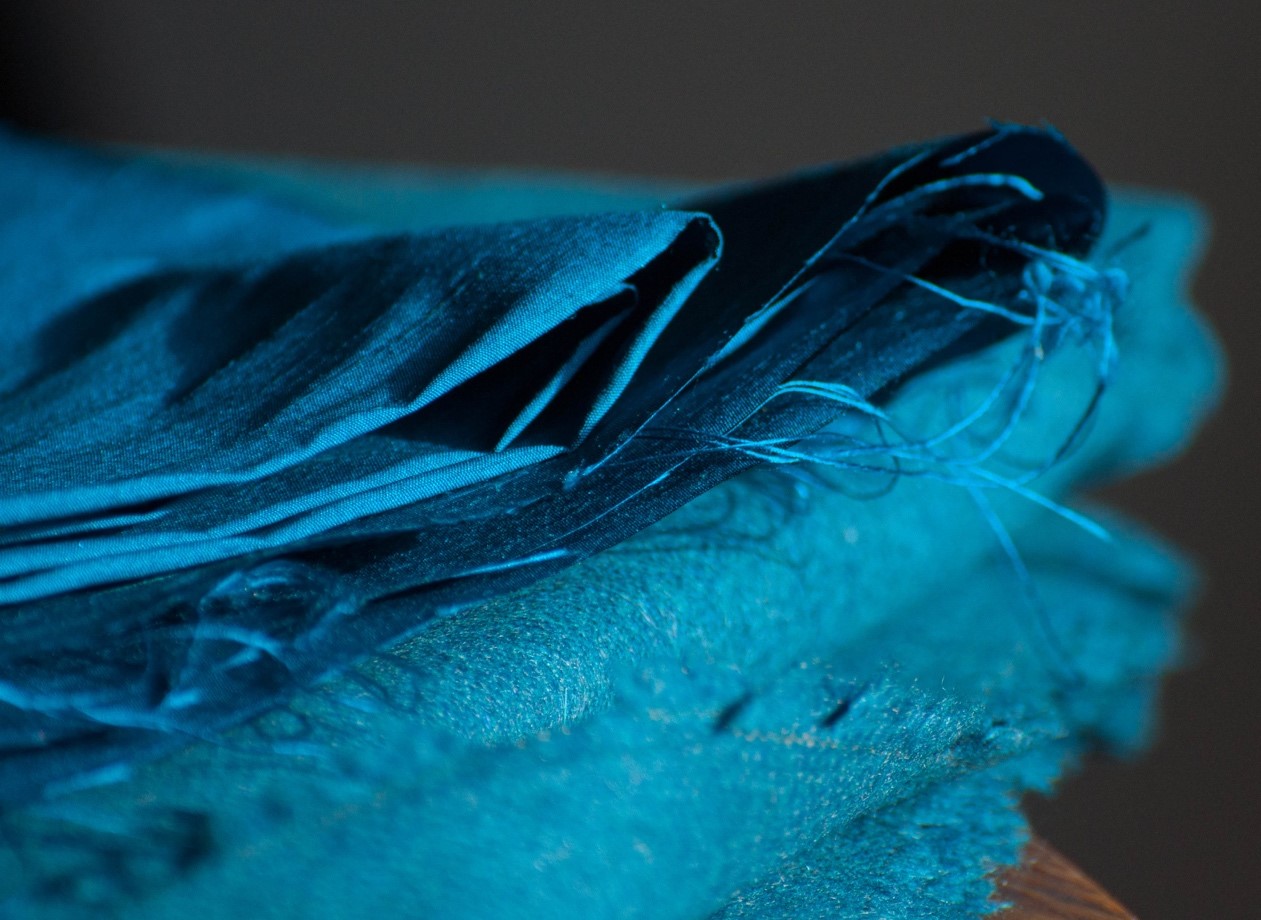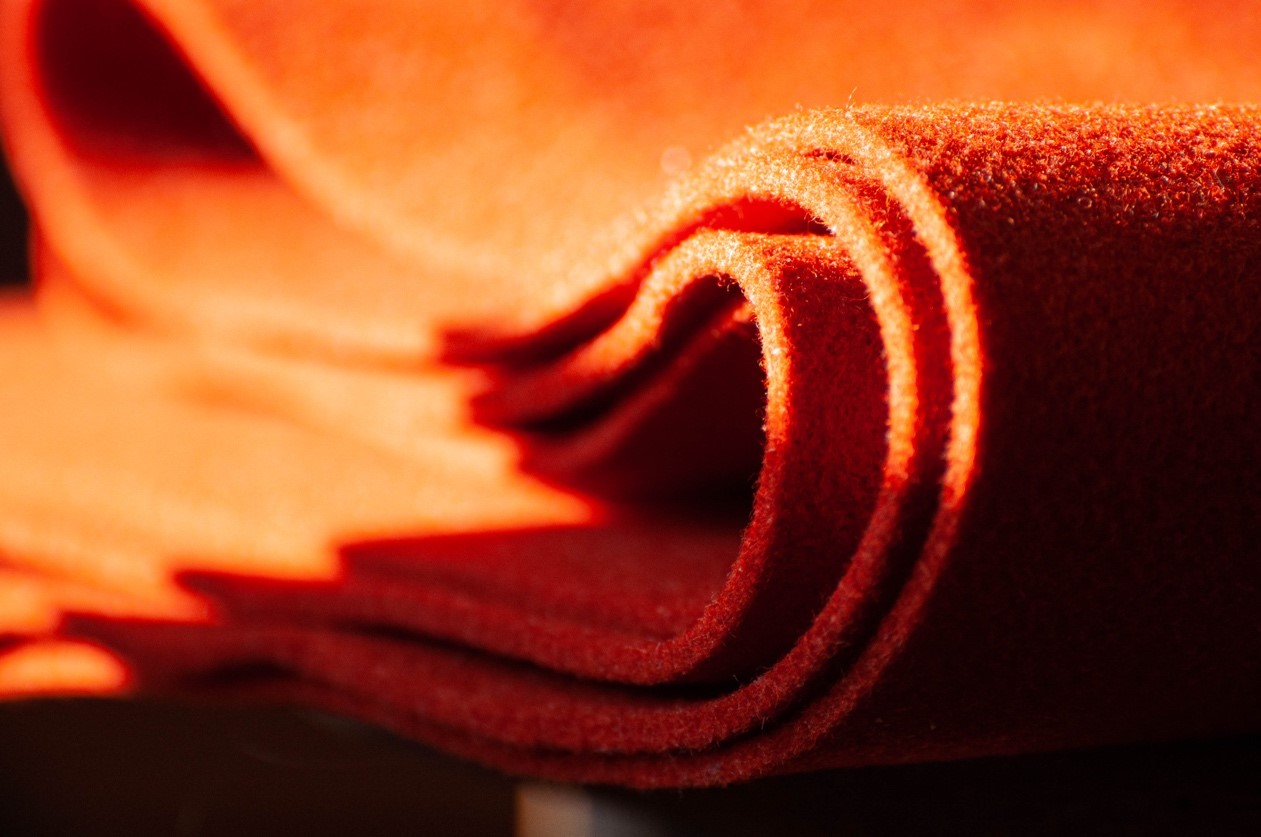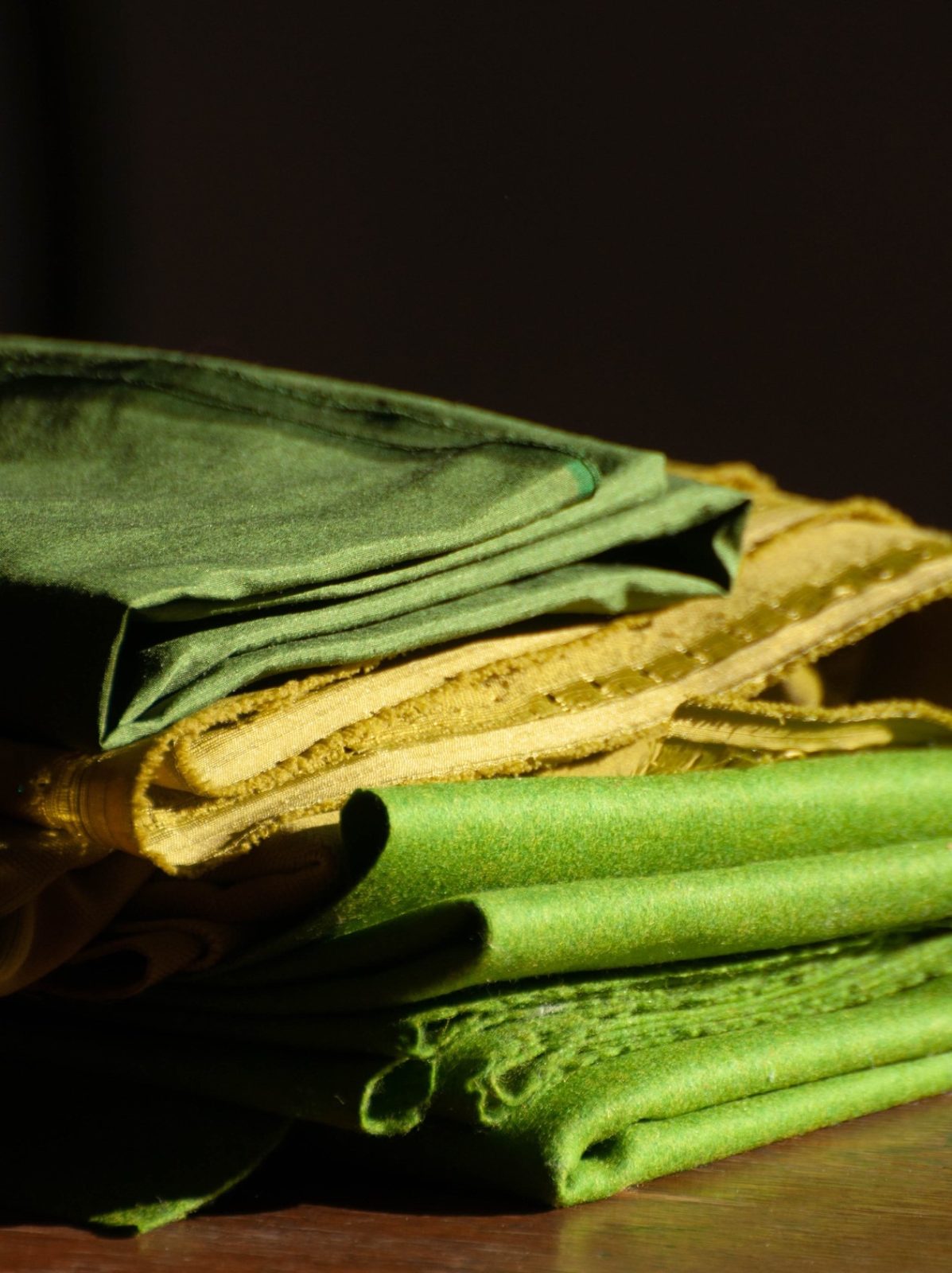

JEDWAB
The term fibre dyeing refers to all the operations carried out to give fibres a uniform and sufficiently stable colour using dyes. These can be of very different origin: from reactive, vat, sulphur, to pigment dyes. Today it seems that the history of dyeing is about to come full circle.
The oldest dyes were of plant and animal origin. The evidence that natural dyes are not only intense but also durable can be seen in old carpets and other textiles that are still in perfect condition today. Until recently, however, these dyes have not been used in any way on an industrial scale. They were replaced by synthetic dyes, which were considered not only cheaper, but also easier to apply.

Not so long ago, hand-made artistic weaving was the last sector using vegetable or animal dyes. However, recent years saw changes in production methods fostering sustainable development and care for the planet led to a search for ecological alternatives, i.e., natural and organic dyes, and a return to old, tried and tested dyeing processes.
The first synthetic dye was made in the mid-nineteenth century from aniline obtained from coal tar. Then, the progressive development of the chemical industry resulted in new types of synthetic dyes. The most effective type of dyes are vat dyes. The coloured fabrics are purely dyed and resistant to external factors. To use this type of dye, it must first be dissolved in water and thus treated with reducing agents. This process takes place during the preparation of the dye bath. Later, it is applied to the fabric and then oxidized, obtaining its proper colourful form.

The most common pigment dyes in the industry used to dye fabrics are powders obtained from inorganic and organic substances. The main component in the former group are iron oxides. They produce colours ranging from shades of yellow, orange, red, to brown and black. Green, white and ultramarine complete this palette.
The other group – organic dyes – is based on carbon compounds, providing an equally wide selection of colour combinations. The colour obtained by pigment dyeing is the result of two phenomena. On the one hand, it is the ability of the fibres to absorb the dye, and on the other, it is diffusion that eliminates the opacity of the material.
High-quality pigment should bond permanently to the fibres of the dyed fabric, be resistant to sunlight and be non-toxic. Pigment dyeing allows for achieving impressive effects. Its use guarantees colours that are resistant to light or chlorine. Pigment dyes are used in the production of decorative and upholstery fabrics. They also work well in dyeing haberdashery tapes or cords.
Depending on the type of dye, but also on the composition of the fibre, fabrics have differing resistance to light (natural vs. artificial), chlorine and other chemical compounds, and to wear in the maintenance process.
In the fabric application classification, their colour properties are determined by the results of two tests. The lightfastness test determines the resistance of colour to fading under the light of a xenon arc lamp. The fabric is tested by being placed in a special chamber with high light intensity. After the test, the sample tested is compared with a control sample – the result depends on how much the colour of the test patch has changed.
This resistance is defined on a scale from 1 to 8, where 8 means the fabric is extremely resistant to colour loss when exposed to light, and 1 denotes a complete lack of resistance. Fabrics with a colour fastness of 6 or more are suitable for outdoor use with strong light exposure.
For us, as users, it may seem important to know that a score of 5 (on an 8-point scale) is considered the highest test score in the category of lightfastness of upholstery fabrics used indoors.
Colour fastness to rubbing is determined on a scale from 1 to 5, where 5 denotes the highest resistance and 1 means that it is practically non-existent.
The fabric is tested using two devices – one for dry rubbing and the other for wet rubbing. The result depends on how much the colour of the fabric has changed in relation to the original or untested fabric.
Results of such professional tests help in making interior design decisions, by indicating which fabrics are more suitable for use in certain conditions.
Colour properties of fibres
The type of dye used depends not only on the type of fabric, but especially on the requirements for colour purity, as contemporary trends show various possibilities and various solutions.
There are special dyes for plant, animal and synthetic fibres. Apart from the dyes themselves, the dyeing process requires the so-called auxiliaries, i.e., chemical products which facilitate dyeing. Theoretically, fabrics intended for dyeing should be clean and pre-finished, i.e., free of any contamination. Meanwhile, contemporary ecological trends, favouring natural finishes and materials, dictate a new colour palette where the colours are no longer homogeneous, pure and falling within the basic colour spectrum. Likewise, fabrics that were traditionally bleached before being dyed to obtain light shades, do not necessarily undergo these preparatory processes today, which results in a “dirty” palette of light pastels.

When looking for the right shades within the entire range of possibilities offered by a fabric, it is important to realise these are determined by the raw material composition.
The same colour and identical dye will each time produce a different effect on cotton, wool, linen or a synthetic textile material. Weave effects and mélange finishes will provide additional variation. That is why fabrics allow you to achieve the most subtle and tonally diverse arrangement effects.
Cotton, which is soft to the touch and has great absorption properties, dyes brilliantly and, depending on the weave and other effects, will always give an impression of purity and intensity of colour.
The intensity will be different in soft and matte velour, in transparent batiste, in smooth and shiny satin, in gabardine, poplin or percale, and different in chino or denim.
Naturally delicate, fine silk fibre made of protein is dyed into thousands of colours in a beautiful and unique way. Thanks to the triangular structure of the fibres, which reflect light at different angles, silk is characterized by an extremely high gloss, which gives the colours a natural-looking intensity unseen anywhere else. Silk has a very distinctive fabric structure, which is recognizable from the first touch. It is light, airy, and drapable, intensifying the light and colour effects all the more.